Understanding 3 Molar KCl Solutions
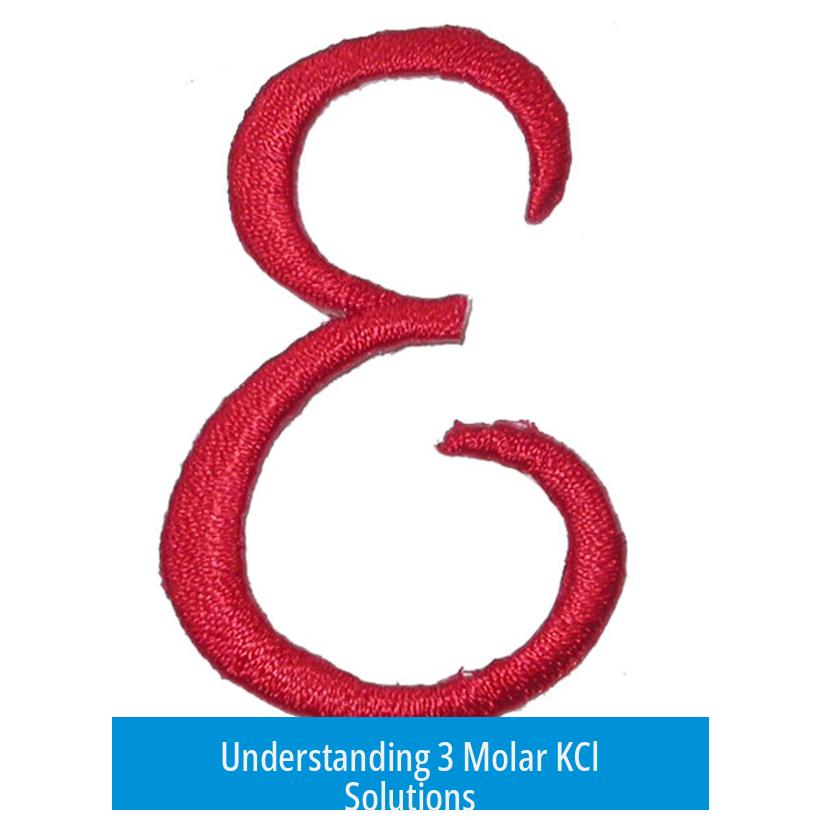 3 Molar KCl is an aqueous solution containing 3 moles of potassium chloride per liter of water. It is close to KCl’s saturation limit at room temperature, making preparation and purity key factors for successful use.
3 Molar KCl is an aqueous solution containing 3 moles of potassium chloride per liter of water. It is close to KCl’s saturation limit at room temperature, making preparation and purity key factors for successful use.
Preparation and Solubility
To prepare a 3M KCl solution, heat and stir the mixture adequately to maximize dissolution. Heating or using a sonicator promotes solubility because 3M is near KCl’s saturation point in water. Even highly pure KCl might not dissolve fully at this concentration. Residual solids often remain from impurities or incomplete dissolution.
Removing undissolved solids involves decanting the clear solution and leaving insoluble matter behind. Adding extra water and reheating can help dissolve some residues, but if remnants persist, they are likely impurities. Filtering out insoluble materials such as anticaking agents (like SiO2) improves solution clarity and performance.
Purity and Impurities Impact
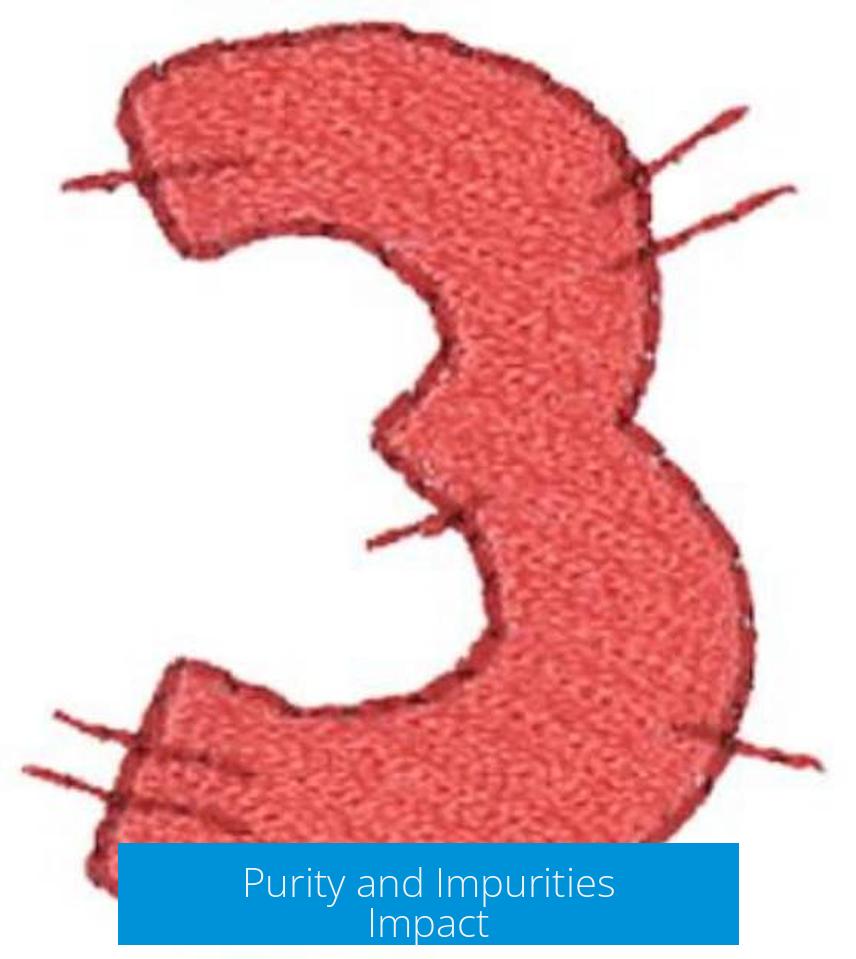
The purity of KCl significantly influences the quality of the 3M solution. Industrial or older chemical batches can contain additives or contaminants that do not dissolve easily. Common impurities include white, powdery silica compounds or granular particles. Using fresh, high-grade KCl minimizes undissolved residues and ensures consistent results.
Applications for 3M KCl
3M KCl solutions serve crucial roles in electrochemistry. They commonly function as electrolytes in reference electrodes like silver-silver chloride and platinum black. Various molarities (3M, 4M, saturated) work provided users calibrate their electrodes accordingly.
Storage of pH probes in 3M KCl helps maintain functionality due to its electrolyte properties. The solution should be refreshed every 2 to 4 weeks to prevent crystallization from water evaporation. Mixing 3M KCl with pH buffer solutions also extends probe life.
Considerations for Accuracy

When preparing 3M KCl, use the corrected molecular weight of 74.55 g/mol for potassium chloride. Accurate weighing ensures the target molarity is close to 3M, which is vital for reproducibility in laboratory settings.
Alternatives
Many laboratories opt to purchase prepared 3M KCl solutions due to convenience and guaranteed purity. However, preparing solutions in-house remains standard practice when specific concentrations or fresh solutions are needed.
Key Points
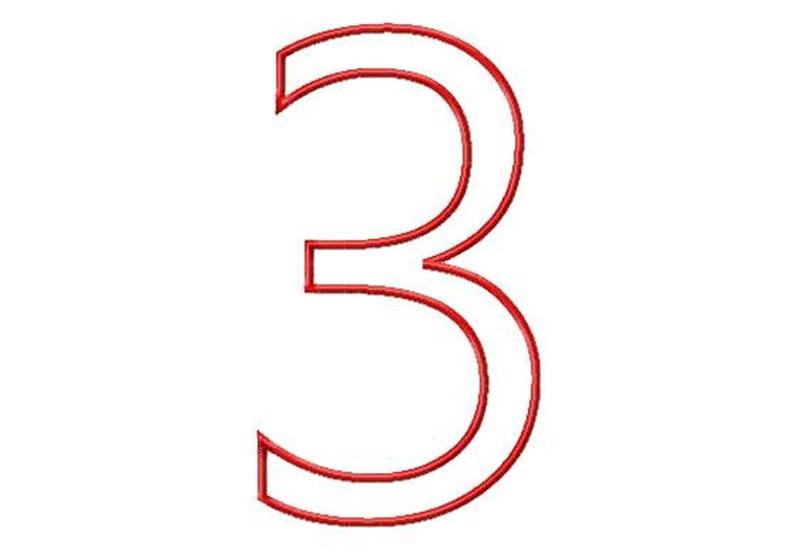
- 3M KCl is near KCl’s solubility limit; heating and stirring aid dissolution.
- Undissolved residue often indicates impurities or incomplete dissolution.
- Purity of KCl affects solution clarity and usability; filtering can remove additives like SiO2.
- 3M KCl is vital in reference electrodes and probe storage, requiring periodic replacement.
- Use molecular weight 74.55 g/mol for accurate molarity calculations.
3 Molar KCl: Unlocking the Secrets of This Versatile Solution
So, what exactly is 3 Molar KCl? It’s a potassium chloride solution with a concentration of 3 moles per liter—somewhere near the edge of how much KCl can dissolve in water. This sweet spot makes it highly useful in labs, especially for electrodes and various chemical processes. But why should you care? Let’s dive right in.
First off, 3M KCl is practically at the solubility limit for potassium chloride in water. That means making it isn’t as simple as dumping salts into a beaker. You have to coax the KCl to dissolve—and sometimes even then, you’ll find a bit of residue hanging around. Don’t panic! We’ll explain everything from preparation to practical tips for success.
Cooking Up 3M KCl: Preparation and Solubility Tricks
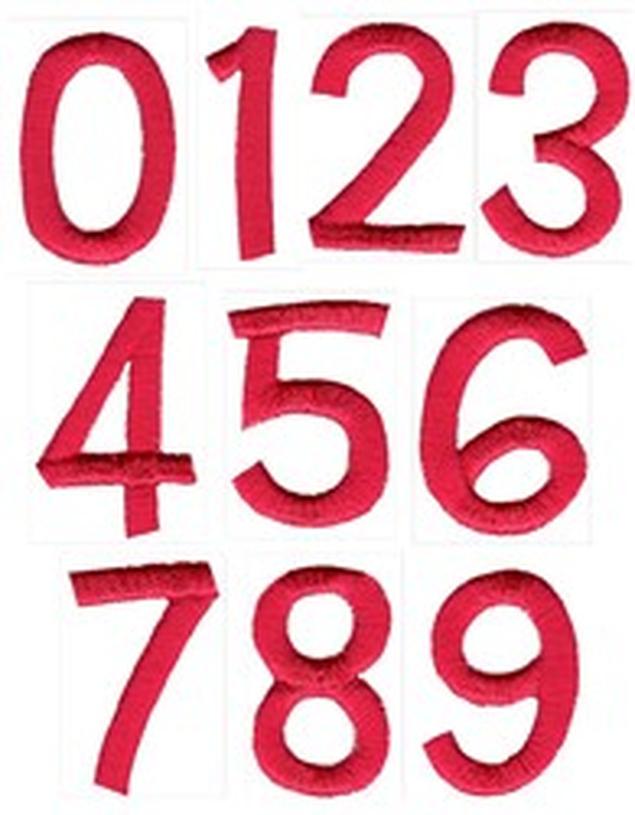
Imagine making a perfect cup of tea. You heat water, stir gently, and let everything blend smoothly. It’s the same with 3M KCl. Heating the solution and stirring well or even using a sonicator (a fancy gadget that shakes things up ultrasonically) helps dissolve most of the salt.
However, because 3M is close to the saturation point, there’s usually some leftover solid KCl no matter what—often visible as tiny granules at the bottom. Is this residue annoying? Absolutely. Should you worry? Not always.
Here’s a nifty trick: decant the clear solution off the solid grit, leaving any insoluble bits behind. Then, add a bit more water to that residue and try heating and stirring again. If the new solution clears up, keep at it! If it stays murky, those solids are likely impurities. That’s your cue to filter the solution and accept that you’ve hit the purity barrier of your reagents.
Purity: The Secret Villain of Your KCl Solution
Ever see suspicious powdery stuff in your solution? It might be the impurity party crashing your experiment. The purity of your KCl matters a lot here. Are you using analytical grade KCl? Or did you pick up a bag with anticaking agents like silicon dioxide (SiO2)?
SiO2 doesn’t dissolve. So, if you spot a white, powdery residue instead of granular lumps, you’re probably dealing with SiO2. The fix? A quick filtration will clear this up. If you skip this, your 3M KCl solution isn’t as “pure” as you think.
Also, consider your storage containers. Using old, well-trodden bottles can introduce random contaminants. Stick to fresh bottles or clean them thoroughly. When in doubt, warm the solution slightly and filter it; that usually sorts out any rogue particles.
Why All the Fuss About 3M KCl in Electrodes?
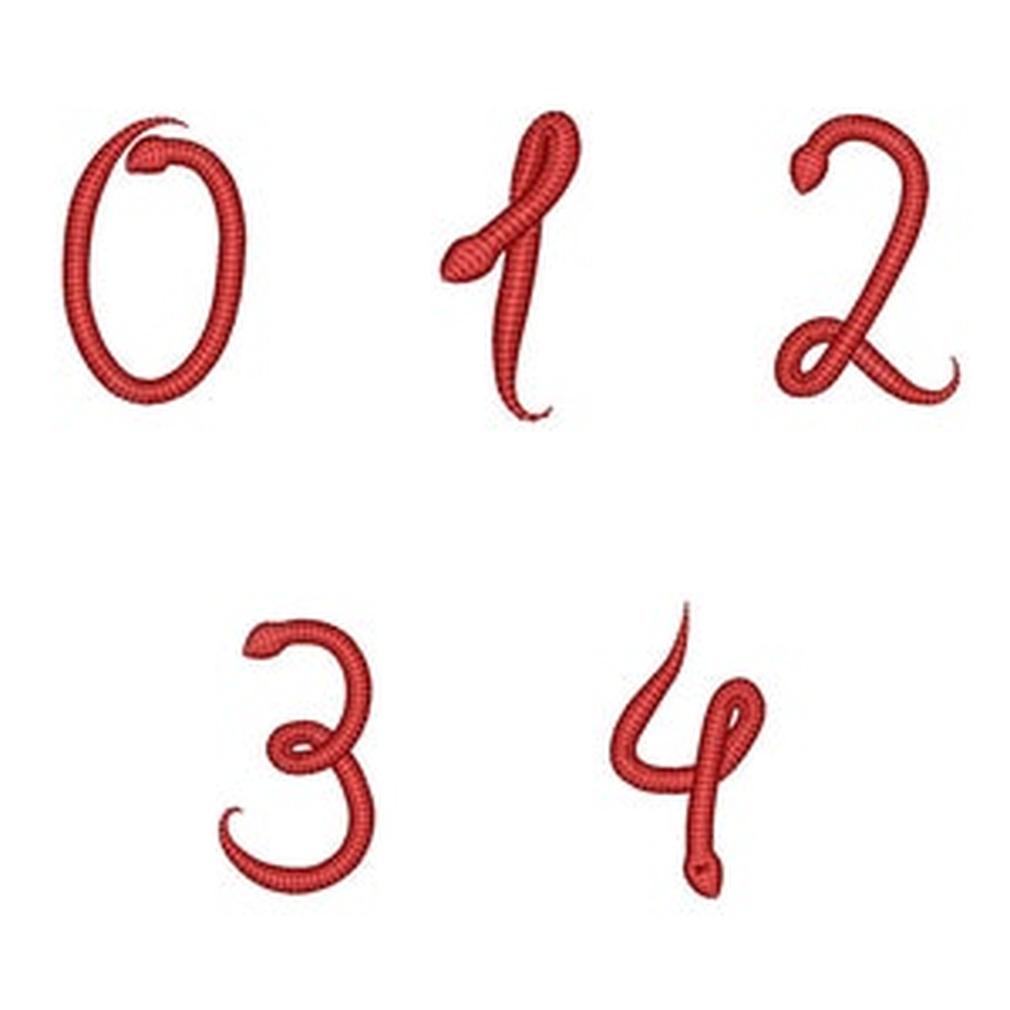
3M KCl is a hero in the world of reference electrodes. Electrodes like silver-silver chloride and platinum black thrive in 3M, 4M, or even saturated KCl solutions. The idea is to provide a stable ionic environment that mimics physiological or lab conditions.
Here’s a pro tip: You can use any of these concentrations as long as you calibrate your electrodes accordingly. Don’t sweat a little variation.
But be warned—storing electrodes in 3M KCl requires some upkeep. The solution is saturated, meaning it’s fully loaded with salt, and as water slowly evaporates, salt crystals start to form on the outside. This isn’t pretty and can mess with your measurements.
To avoid this, labs often replace their storage solutions every 2–4 weeks. Some even use a 50/50 mix of 3M KCl and pH buffer 4 solution. This prevents crystallization and keeps electrodes ready for action.
Don’t Forget the Numbers: Molecular Weight and Accuracy
When preparing 3M KCl, precision counts. The molecular weight (MW) of KCl is not a vague number. It is exactly 74.55 grams per mole. Knowing this helps you mix the right amounts to get close to true 3M concentration.
For example, to make 1L of 3M KCl, you’d weigh out about 223.65g KCl (3 moles x 74.55 g/mol). It’s not rocket science, but every gram counts if you want reproducible results.
Buy or Make? The Practical Dilemma
Some folks find it easier to just buy ready-made 3M KCl solutions. Why sweat it if you don’t have the time or gear? On the other hand, making your own is straightforward and cost-effective.
If you opt for DIY, remember: heat, stir, and patience are your best friends. Never skimp on purity and filtration steps. Otherwise, you might end up with a mixture that’s less “chemical hero” and more “lab nightmare.”
Summing It Up: Why 3M KCl is More Than Just Salt Water
3M KCl is a fine balance of chemistry, patience, and purity. It’s used extensively in electrochemistry, particularly in reference electrodes. Because it’s near saturation, preparing it can involve a bit of trial and error with heating, stirring, and filtering. Purity matters big time, affecting how much truly dissolves. Storing electrodes in it needs care to avoid crystallization. And whether you buy it or make it, knowing the molecular weight ensures accurate preparation. If you follow these guidelines, you’ll get crystal-clear solutions and reliable results every time.
So next time you grab your KCl, don’t just mix and hope. Channel a little science wizardry—heat, stir, strain, and calibrate. Your electrodes and experiments will thank you!
What is the best way to prepare a 3 Molar KCl solution to ensure full dissolution?
Heat the solution and stir it well. Swirling or using a sonicator can help dissolve KCl fully. If undissolved material remains, try decanting and adding more water to the residue before heating and stirring again.
Why does some KCl remain undissolved in a 3 Molar solution?
KCl near 3M is close to its saturation point, so some powder may not dissolve. Impurities or additives like anticaking agents can also cause undissolved residue. Using pure KCl and filtering can solve this.
How is 3M KCl used in electrode maintenance?
3M KCl is often used to store electrodes like silver-silver chloride or pH probes. It acts as a saturated electrolyte but needs replacement every 2–4 weeks to prevent crystallization from evaporation.
Can impurities in KCl affect the solution’s quality?
Yes, impurities such as silicon dioxide can remain undissolved. Old or contaminated bottles can introduce unwanted materials. Warming and filtering can improve the solution’s clarity and purity.
Is it necessary to calculate the exact molecular weight of KCl for making a 3M solution?
The accepted molecular weight of KCl is 74.55 g/mol. Small variations won’t greatly affect molarity, so close approximations are sufficient for typical lab work.



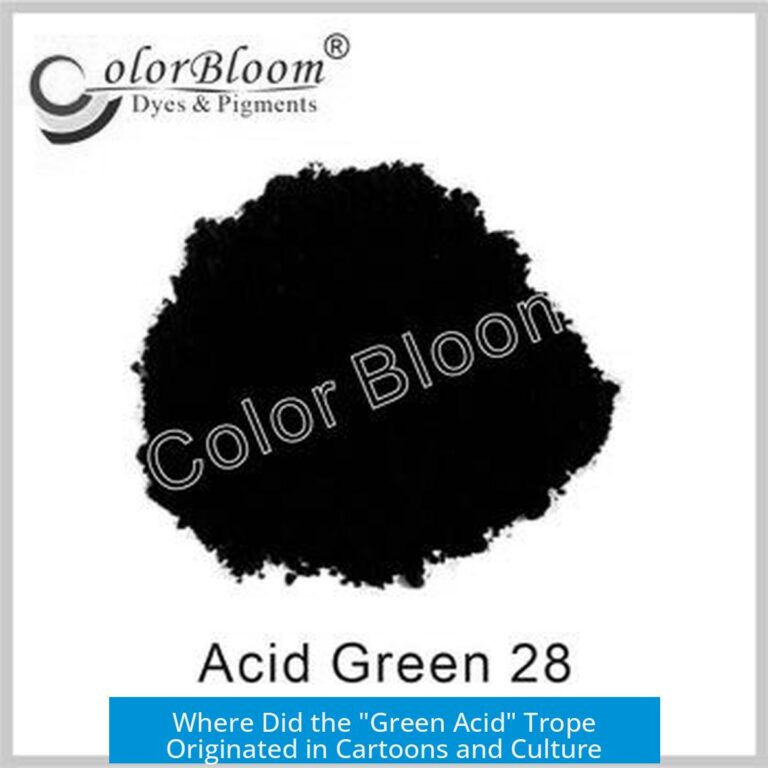

Leave a Comment